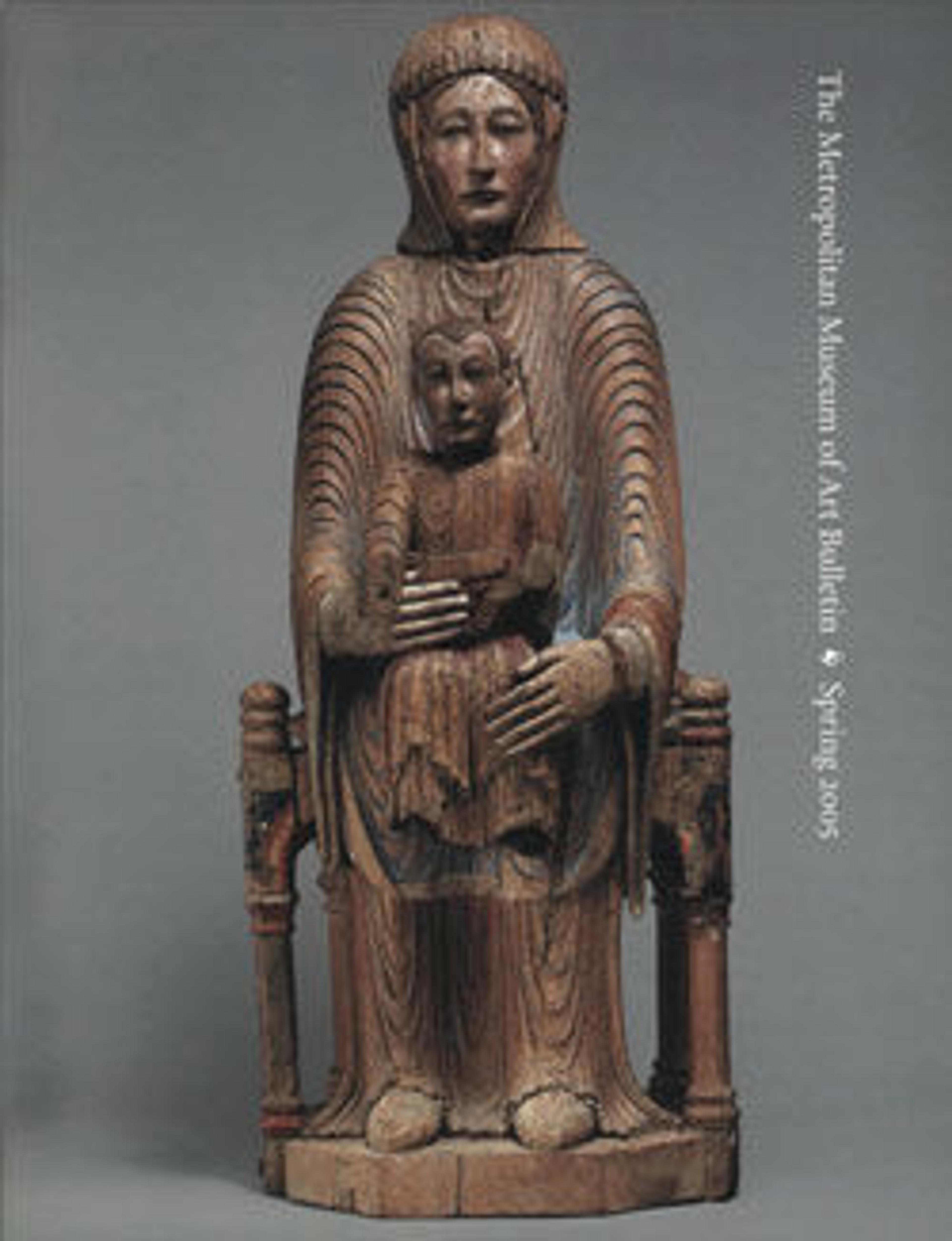Aquamanile in the Form of a Lion
The lion, because of its exceptional strength, was associated in the Middle Ages with Christ and was the animal most frequently employed for aquamanilia. The vessel was filled through the opening at the top of the head, and water was poured from the spout in the mouth.
Artwork Details
- Title: Aquamanile in the Form of a Lion
- Date: 12th century
- Culture: North German
- Medium: Copper alloy, glass inlays
- Dimensions: Overall: 7 11/16 x 8 5/8 x 3 7/16 in. (19.5 x 21.9 x 8.7 cm)
Thickness PD: 9/100-1/10 in. (0.22-0.25 cm)
Weight PD: 72.9oz. (2067g) - Classification: Metalwork-Copper alloy
- Credit Line: Gift of Irwin Untermyer, 1964
- Object Number: 64.101.1491
- Curatorial Department: Medieval Art and The Cloisters
More Artwork
Research Resources
The Met provides unparalleled resources for research and welcomes an international community of students and scholars. The Met's Open Access API is where creators and researchers can connect to the The Met collection. Open Access data and public domain images are available for unrestricted commercial and noncommercial use without permission or fee.
To request images under copyright and other restrictions, please use this Image Request form.
Feedback
We continue to research and examine historical and cultural context for objects in The Met collection. If you have comments or questions about this object record, please contact us using the form below. The Museum looks forward to receiving your comments.
